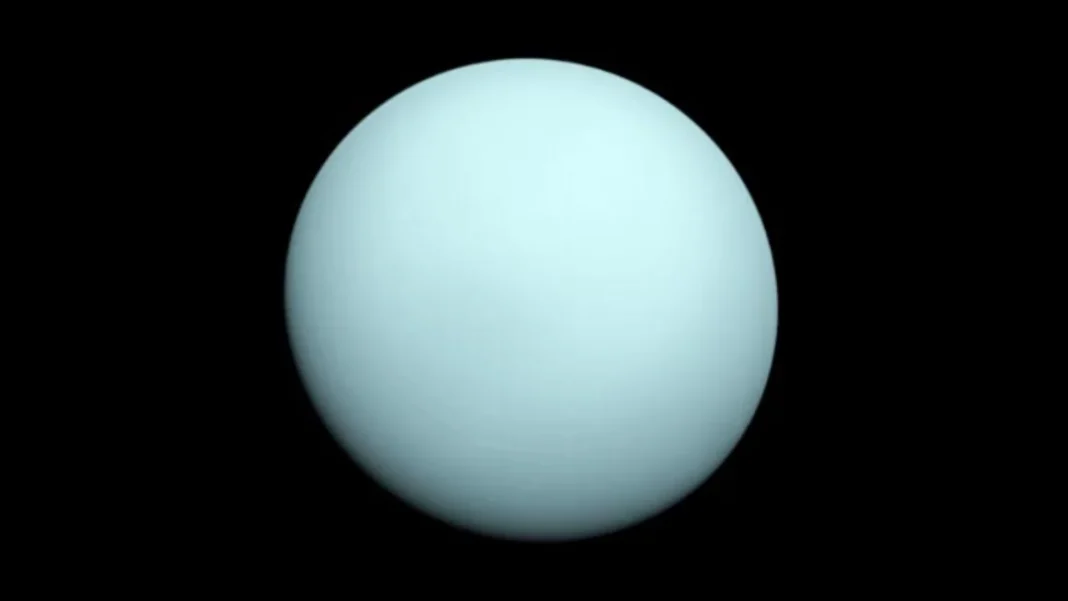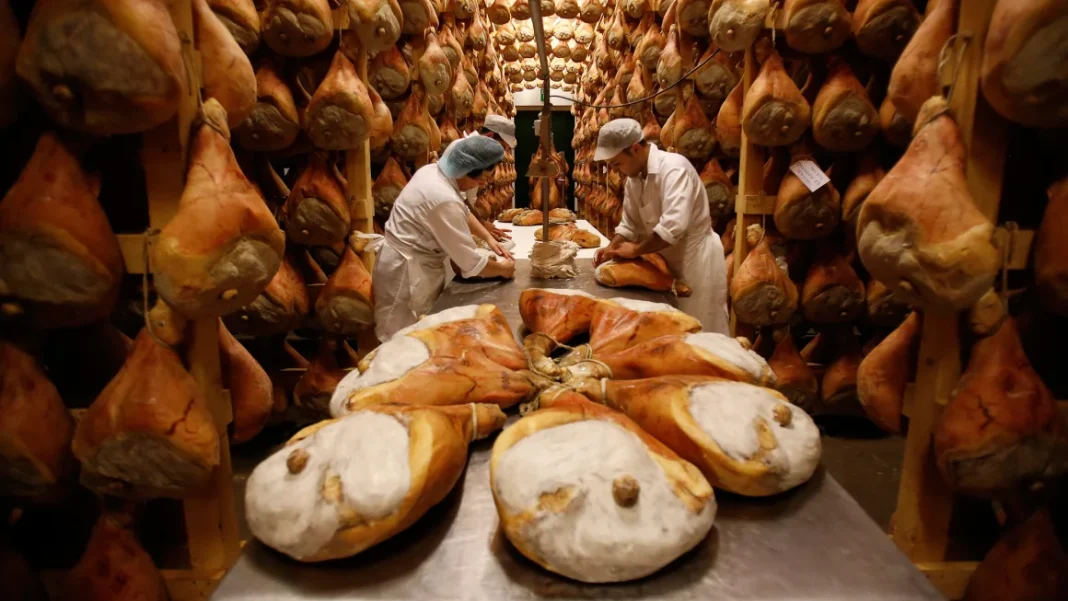The answers to the biggest questions in space science — what happens inside a black hole, how does a galaxy form or what is dark matter — lie in the far reaches of the universe.
However, there is still plenty that scientists don’t know about the solar system, our cosmic neighborhood.
This week, researchers shared fascinating new findings on Uranus, the seventh planet from the sun, and the far side of the moon.
What’s known about Uranus could be off the mark. An unusual cosmic occurrence during the Voyager 2 spacecraft’s 1986 flyby might have skewed how scientists characterized the ice giant, new research suggests.
In particular, the spacecraft’s observations of Uranus’ protective magnetosphere were wildly different from astronomers’ expectations.
The new study found that when Voyager 2 was taking its readings intense solar wind created conditions that happen 4% of the time, said Jamie Jasinski, a space plasma physicist at NASA’s Jet Propulsion Laboratory in Pasadena, California. The unusual circumstances likely distorted data collected by researchers.
Tigers once roamed across Central Asia, part of their historic range — an area that extended from Turkey in the west to the Korean Peninsula in the east, and from the northern Siberian territories of Russia to the tropical islands of Indonesia.
The big cats now occupy less than 7% of that range, and in Kazakhstan, hunting and scarcer prey fueled the apex predators’ disappearance in the Caspian region in the 1950s, according to the World Wide Fund for Nature.
Kazakhstan welcomed two of the majestic creatures in September, with the hope that their offspring will be the first wild tigers in the region in more than 70 years.
After traveling from the Netherlands, the two captive Amur tigers, called Bodhana and Kuma, remained in a quarantine enclosure for 30 days to allow for veterinary checks. Conservationists released the pair into a seminatural 3-hectare enclosure in Kazakhstan’s Ile-Balkhash State Nature Reserve in early November.
Lunar update
The moon has some new stories to share. Scientists have published two studies on the historic cache of lunar soil samples from the moon’s far side that China’s Chang’e-6 mission brought back to Earth in June.
The findings could shed light on an unsolved mystery — what’s behind the asymmetry between the moon’s near and far sides.
The landing site of the Chang’e-6 spacecraft was volcanically active about 2.8 billion years ago, the research found.
The eruption is unexpectedly young and represents an episode of volcanic activity not known from the study of samples taken from the near side of the moon.
In other space news, NASA has concerns about a potentially disastrous system breakdown due to leaks in a Russian module on the International Space Station, but Russia’s space agency, Roscosmos, doesn’t agree on the level of risk.
Fortunately, sending a dedicated mission to study Uranus in the future is a priority for NASA, according to a 2022 report.
We are family
Fifty years ago this month, paleoanthropologist Don Johanson discovered what’s perhaps the world’s most famous fossil: the skeleton of Lucy, which offered the first proof that ancient hominins were already walking upright 3.2 million years ago.
However, the monumental find almost didn’t happen. Working in Ethiopia’s Afar region on November 24, 1974, Johanson caught a glance of a fragment of bone as he looked over to his right. “If I had looked over my left shoulder, I would have missed it,” he said.
Excavating Lucy’s fragile bones took Johanson and his colleagues 2 ½ weeks. But her legacy as the first documented specimen of Australopithecus afarensis fueled decades of scientific research and debate, opening a new chapter in the human story.





